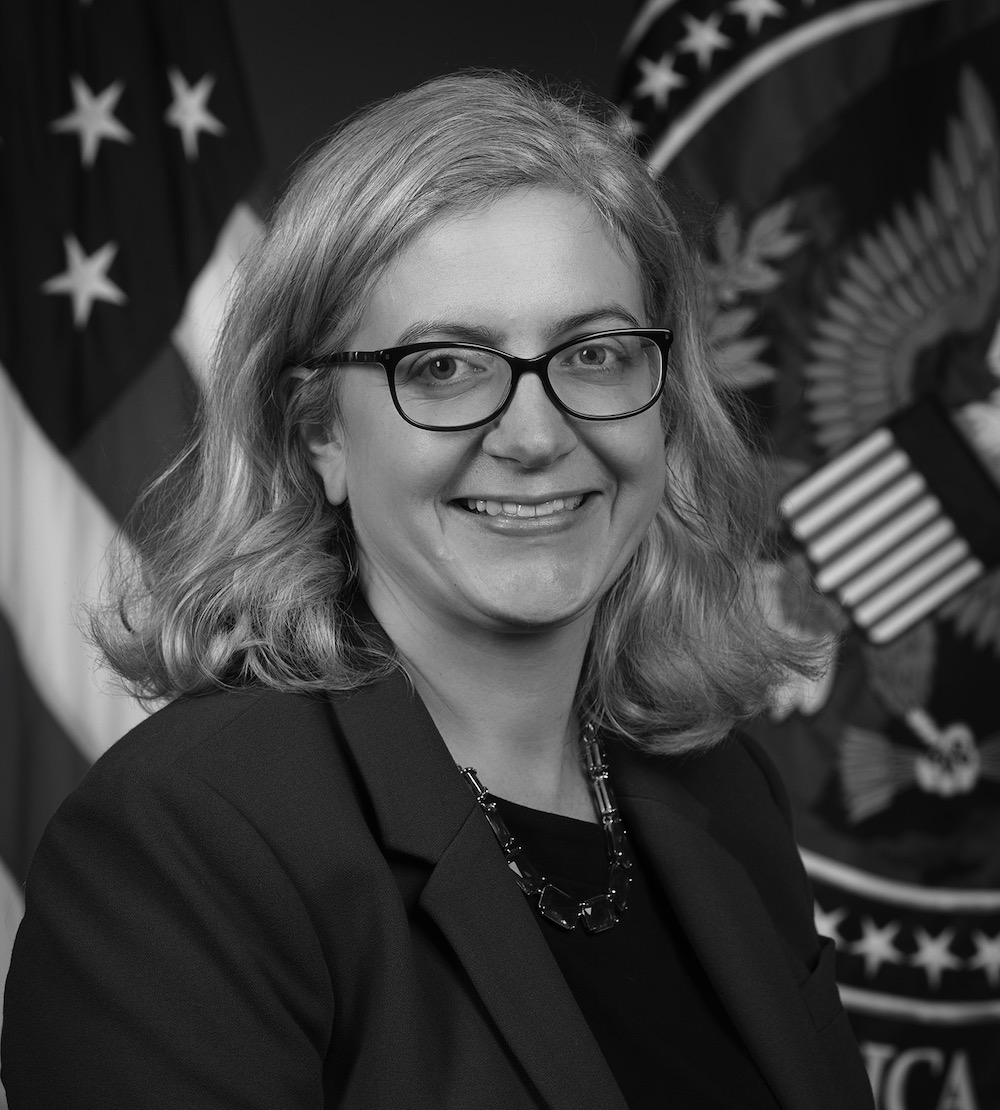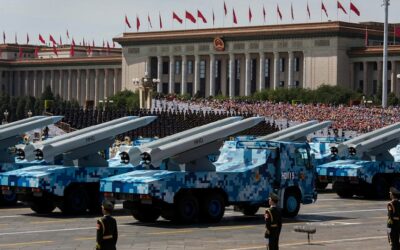
After TikTok Vote, Will a Ban or Sale Come Next?
SUBSCRIBER+ EXCLUSIVE REPORTING – In some ways, Wednesday’s House vote to ban or force the sale of the social media app TikTok was a landmark […] More

Kristin Wood, Sr. Climate Editor, The Cipher Brief

Kristin Wood is the Senior Climate Editor for The Cipher Brief, a Cipher Brief expert, a non-resident fellow at the Harvard Kennedy School’s Belfer Center for Science and International Affairs’ Intelligence Project, and a former senior CIA officer with 20 years of experience in analysis, operations, and innovation and technology.
Erin Sikorsky, Deputy Director, Center for Climate and Security

Erin Sikorsky is the Deputy Director of the Center for Climate and Security (CCS), the Director of the International Military Council on Climate and Security(IMCCS), and an adjunct professor at George Mason University’s Schar School of Policy & Government. Previously, she served as the Deputy Director of the Strategic Futures Group on the US National Intelligence Council (NIC). Ms. Sikorsky worked in the US intelligence community for over a decade.
EXPERT PERSPECTIVE — President Biden’s 27 January Executive Order (EO) on Tackling the Climate Crisis at Home and Abroad demonstrates a strong commitment to preparing the United States for addressing the climate crisis. It assigns experienced climate experts into powerful new roles and issues extensive orders for a whole-of-government response. This article analyzes the Intelligence Community aspects of the EO.
For national security agencies, the EO orders agencies to assess within 90 days:
— Climate impacts relevant to broad agency strategies in particular countries or regions;
— Climate impacts on their agency-managed infrastructure abroad (e.g., embassies, military installations), without prejudice to existing requirements regarding assessment of such infrastructure;
— How the agency intends to manage such impacts or incorporate risk mitigation into its installation master plans; and
— How the agency’s international work, including partner engagement, can contribute to addressing the climate crisis.
Fully maximizing the effectiveness of the 18 IC agencies’ individual responses to the EO will require a coordinated strategy. While the EO calls for a National Intelligence Estimate on climate change, representing coordinated analysis among all agencies is only one piece of the puzzle.
Building a true climate security intelligence strategy will require an evaluation of how the IC’s core missions of collection and analysis can contribute to addressing climate threats. This will require an assessment of the IC’s people, programs and policies as well as what is missing, what needs to be adjusted, and what new skills, capabilities and resources are required.
The overriding question for collection and analysis is: what decision advantage can the IC offer the President when it comes to climate issues? What unique climate change-related information can the intelligence community collect and analyze that would serve US national security? Are there new forms of collection and analysis, especially scientific analysis needed? How could the CIA’s unique capabilities, for example, be brought to bear? A rigorous process aimed at answering these questions should examine what new requirements need to be levied, what new sources HUMINT, SIGINT, and other collectors need to find, and what partnerships need to be deepened or created.
To conduct this evaluation, we suggest creating an ODNI National Security and Climate Change Task Force that looks at each agency’s contributions to the EO and stitches them into a whole-of-IC approach to climate across all missions. A blue-ribbon panel of climate and security experts from both outside and inside government would offer a fresh perspective on how the IC could best contribute to tackling this mission. In addition to offering expertise that mostly resides outside the IC, external participants would be a check on agencies’ tendencies, which we’ve experienced multiple times over the decades, to relabel existing entities with a new name as an answer to executive requirements.
Such a task force is likely to identify necessary adjustments to IC spending, personnel, and infrastructure. Additional leadership positions or new structures within agencies may be needed to implement task force recommendations in the longer term. For example, better integration of climate modeling and data, open-source collection, and classified information may require new tools and new teams to fully implement. On top of adjustments to collection and analysis, the IC also must consider direct climate change risks to its facilities and infrastructure. Therefore, the task force should include an IC Climate Resilience and Adaptation Subcommittee with finance, facilities and security expertise.
We offer below some issues such a task force could consider, drawn from engagements with hundreds of experts on climate security issues over the past few years:
Finally, we note the National Climate Task Force created by the EO does not include the DNI as a member. While that seems a logical choice as the task force is focused domestically, the reality is that the division between foreign and domestic operations just doesn’t work for climate. For example, the IC can answer foreign policy and homeland security questions on topics such as prospects for climate-expanded migration to US borders, actual versus publicly provided achievement of other countries’ climate objectives, among many other things. The IC can also leverage its unique capabilities to understand how other actors are responding to climate change effects–i.e., not just what will they do in emissions negotiations, but explain how issues such as water scarcity concerns drive Chinese foreign policy in the region.
As President Biden said when signing the climate executive order last month, his action made “it official that climate change will be the center of our national security and foreign policy.” The security threats posed by climate change grow with each passing day and addressing them requires innovation and new conceptions of national security. As it has so many times before, on many different threats, the IC can and should step up to play a leading, transformative role on climate security risks, integrating across missions to deliver the most insightful analysis possible in support of the President’s directive and in service to the American people.
Read more expert-driven national security analysis, perspective and opinion in The Cipher Brief
Related Articles

SUBSCRIBER+ EXCLUSIVE REPORTING – In some ways, Wednesday’s House vote to ban or force the sale of the social media app TikTok was a landmark […] More

SUBSCRIBER+ EXCLUSIVE REPORTING – As drones of all types – aerial, land, and maritime – grow in number and sophistication, so do nightmarish scenarios about […] More

CIPHER BRIEF REPORTING — As a response to concerns about U.S. involvement in Chinese high-tech industries, President Biden this month signed an executive order that aims to […] More

NEED A GOOD BEACH READ? Things are heating up in the literary world this summer, so in case you’re headed to the beach or the […] More

CIPHER BRIEF REPORTING — Someone other than Vladimir Putin will likely be running Russia in as little as three years, says former CIA Director and […] More

SUBSCRIBER+MEMBER EXCLUSIVE – The battle for semiconductors, a core ingredient of both basic and advanced technologies – such as Artificial Intelligence (AI) – has long […] More
Search